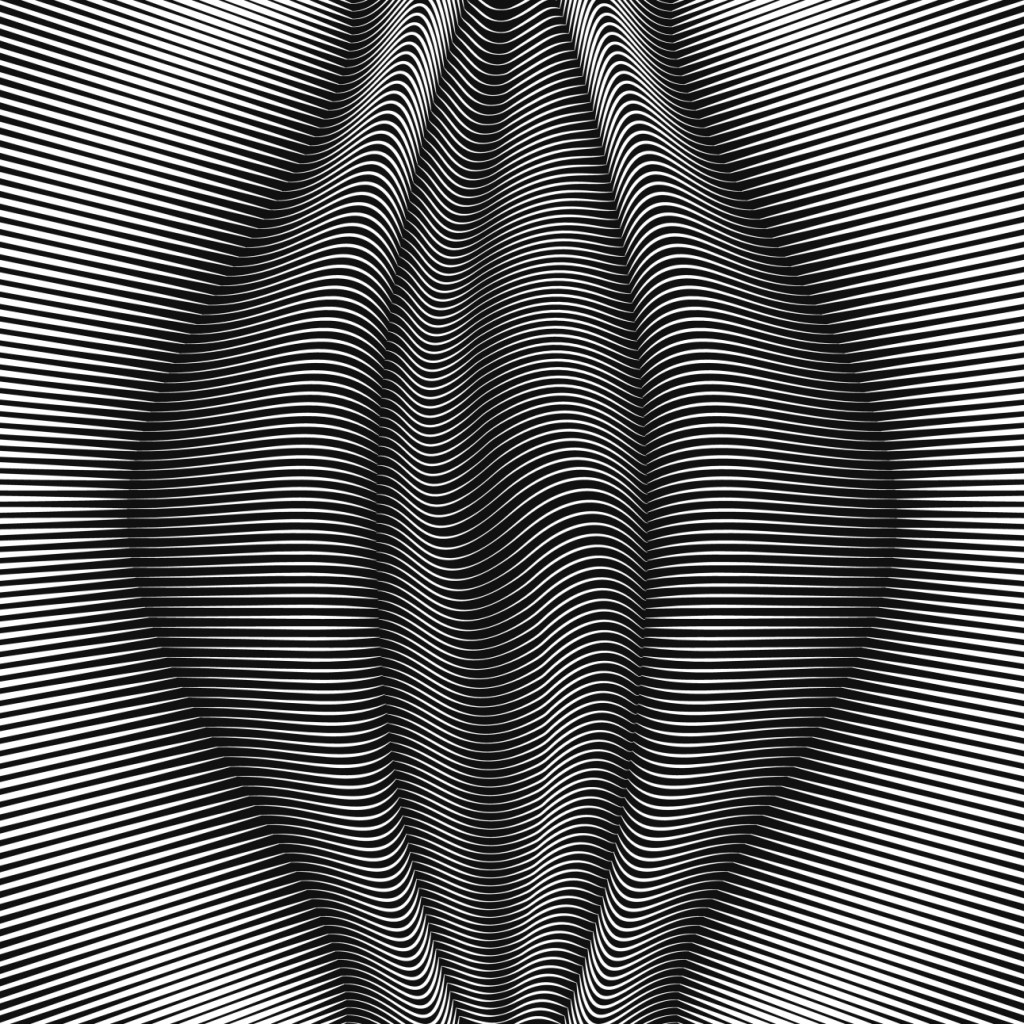It Is How You Think
You Feel and Act How You Think
The Brain Very Much the Same How We Use it Makes the Difference


The power of the brain is what guides our lives. It is the first organ to grow from the seed of life. The foundation for the brain is set early. Three weeks after conception, a sheet of embryonic cells called the neural plate folds and fuses into the neural tube. This tissue will become the central nervous system. The brain’s “master” role is evident by nature. Encased by the skull bone, it is our most protected organ and is the command center for all of our actions. What we fail to realize, at times, is that it provides us with all we need to do our own thinking. “Use your head.”
The brain is made up of physical parts and has a mind of its own. Once the brain knows it does not forget unless that is what it wants to do. More times than not, it is to protect us. Of course, when there is damage to the brain, which can happen, it is not so clear.
The brain records all things that are of our world and there is no erase button on board to be used. It can figure it out. It is, of its own design, this is, as I believe it to be. As much as we know, there is still little known about how the brain works. I think that there is no way we will understand all there is to know. That is because it is not meant to be. Humans would be in charge, and we know how well we do when we are.
Our brains have the same makeup, but different—as we are—in what it can do for us. Our thoughts are one of them. As long as there is the power of thought, we will be learning about how we think, and the workings of the brain. There can be no end. Just as it is with life, there will always be much left to learn. The end of thought means there is no more. Life, as we know it is over. The brain no longer works. It is dead.
For a detailed description (by Encarta) of the brain, continue reading below:
The brain is the control center for every activity necessary to survival.
The adult human brain is made up of approximately 100 billion neurons (nerve cells), neuroglia (supporting-tissue) cells and other tissues. Neurons transmit and analyze all communication within the brain and other parts of the nervous system. Neuroglial cells are twice as numerous as neurons and provide structural support to the neurons. Three protective meninges (membranes) cover the brain. A clear liquid, the cerebrospinal fluid, surrounds the entire brain and protects the internal portion from varying pressures. This fluid also transports chemical substances within the nervous system.
The brain appears as three connected parts: the cerebrum, the cerebellum, and the brain stem. Two other major parts, the thalamus and the hypothalamus, lie above the brain stem underneath the cerebellum. Most high-level brain functions take place in the cerebrum. Its two large hemispheres are divided into five lobes: the frontal, parietal, temporal, and occipital lobes and the insula. The cerebrum receives information from the sense organs and sends motor commands (signals that stimulate activity in the muscles or glands) to other parts of the brain and the body. Many areas of the cerebral cortex (surface) correspond to specific functions, such as vision, hearing, speech, emotions, thinking, and remembering.
The cerebellum coordinates body movements. It is divided into two lobes connected by a bundle of white fibers. The cerebellum coordinates voluntary movements by fine-tuning motor commands from the cerebrum. The cerebellum also maintains posture and balance by controlling muscle tone and sensing limb positions.
The thalamus and the hypothalamus connect the cerebrum to the brain stem. The thalamus relays sensory signals to and from the cerebral cortex. All sensory input to the brain, except the sense of smell, connects to the thalamus. The hypothalamus lies beneath the thalamus and regulates vital drives and activities, such as eating, drinking, sleep, emotional behavior, and sexual activity. It also controls the internal organs, interacts closely with the pituitary gland, and helps coordinate brain stem activities.
The brain stem is responsible for sustaining the basic functions of life, such as breathing and blood pressure. It contains relay stations for neurons transmitting signals to the cerebral cortex, as well as many reflex centers— pathways carrying sensory information and motor commands. Sensory and motor nerve fibers connecting the brain with the rest of the body cross over to the opposite side in the brain stem. The left half of the brain communicates with the right half of the body and the right half of the brain with the left half of the body.
Twelve pairs of cranial nerves connect the brain with the head and neck. Some are motor nerves, controlling muscle movement. Some are sensory nerves, conveying information from the sense organs. Others contain fibers for both sensory and motor impulses.
Be sure to feed your brain with the food of knowledge.












































Reblogged this on It Is How You Think and commented:
You have it; use it.